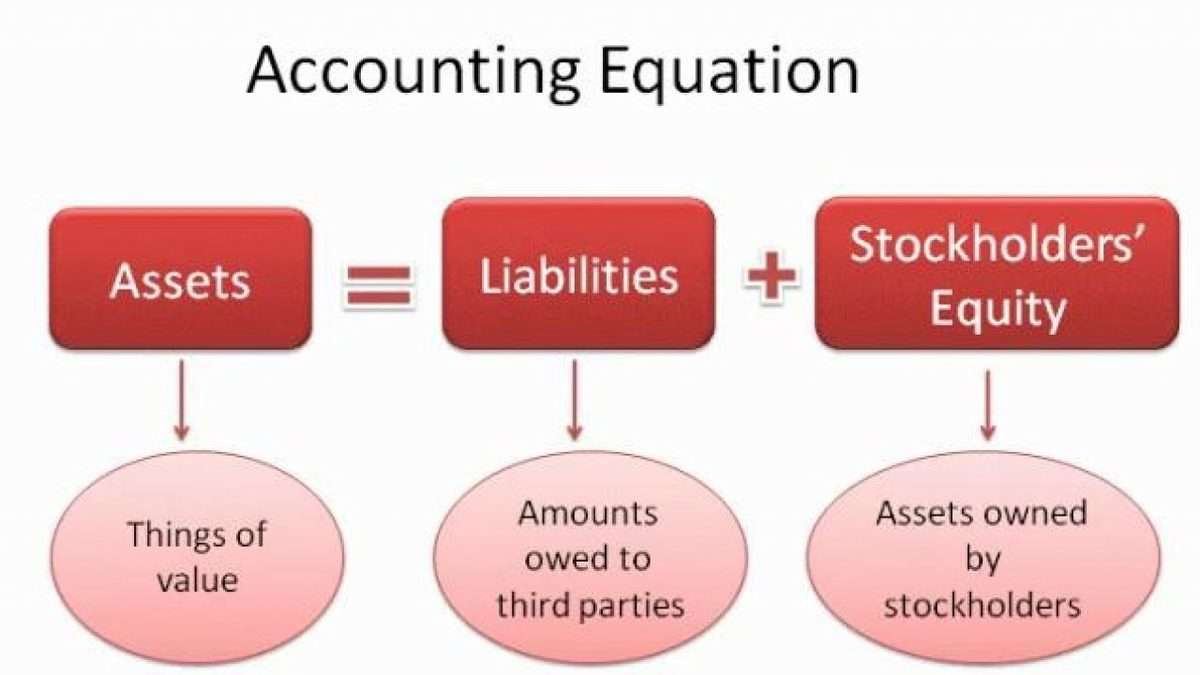
The accounting equation, therefore, represents a holistic categorical classification of the types and classes of accounts maintained within the company. Without the accounting equation in proper practice, it would be extremely difficult to logically maintain financial records for the company. The accounting the accounting equation is defined as: equation is considered a fundamental basis on which all accounting systems function. Equity or shareholder’s equity is simply the amount that would be paid to the shareholders in the case where all the assets were liquidated, and the liabilities of the company were subsequently paid off.
What is the approximate value of your cash savings and other investments?
The difference between the sale price and the cost of merchandise is the profit of the business that would increase the owner’s equity by $1,000 (6,000 – $5,000). Before taking this lesson, be sure to be familiar with the accounting elements. The net assets part of this equation is comprised of unrestricted and restricted net assets. Shaun Conrad is a Certified Public Accountant and CPA exam expert with a passion for teaching. After almost a decade of experience in public accounting, he created MyAccountingCourse.com to help people learn accounting & finance, pass the CPA exam, and start their career. Think of retained earnings as savings, since it represents the total profits that have been saved and put aside (or “retained”) for future use.
Unbalanced Transactions
These items provide a source of funding to run the operations of the business. For example, accounts payable are monies owed to suppliers as a result of that supplier delivering goods or services at some time in the past. It is important to understand the definitions of each component in the equation. An asset is a resource, controlled by the business, that is expected to provide benefits in the future. Common examples include inventory, account receivables and PP&E (property, plant and equipment).
Do you own a business?
It is the representation of the company’s assets, liabilities, and equity that is presented in a logical format on the balance sheet of the company. It is seen that the total credit amount equals the total debt amount. It is fundamental to the double-entry bookkeeping system of accounting, which helps us understand from the illustration above that total assets should be equal to total liabilities. This increases the fixed assets (Asset) account and increases the accounts payable (Liability) account. Thus, the asset and liability sides of the transaction are equal.
The accounting equation And how it stays in balance
- The purpose of this article is to consider the fundamentals of the accounting equation and to demonstrate how it works when applied to various transactions.
- The accounting equation is considered a fundamental basis on which all accounting systems function.
- The accounting equation is also called the basic accounting equation or the balance sheet equation.
- Whether you call it the accounting equation, the accounting formula, the balance sheet equation, the fundamental accounting equation, or the basic accounting equation, they all mean the same thing.
Assets pertain to the things that the business owns that have monetary value. Examples of assets include, but are not limited to, cash, equipment, and accounts receivable. It is important to remember that the total of all assets has to equal the total of liabilities and equity. This is what ensures that every transaction makes sense and there will always be an entry on both sides of each transaction. You can download our free excel workout to test your understanding of the accounting equation.
Which of these is most important for your financial advisor to have?
This transaction would reduce cash by $9,500 and accounts payable by $10,000. The difference of $500 in the cash discount would be added to the owner’s equity. On 12 January, Sam Enterprises pays $10,000 cash to its accounts payable. This transaction would reduce an asset (cash) and a liability (accounts payable). At this point, let’s consider another example and see how various transactions affect the amounts of the elements in the accounting equation.

Hence, this forms the basis of many analyses for market investors, financial analysts, research analysts, and other financial institutions. In this illustration, Assets are – Cash, Furniture A/C, and Accounts Receivable; Liabilities are Wage expenses and Service Revenue. Take self-paced courses to master the fundamentals of finance and connect with like-minded individuals. Someone on our team will connect you with a financial professional in our network holding the correct designation and expertise. Our goal is to deliver the most understandable and comprehensive explanations of financial topics using simple writing complemented by helpful graphics and animation videos.
On the other side of the equation, a liability (i.e., accounts payable) is created. On 2 January, Mr. Sam purchases a building for $50,000 for use in the business. The impact of this transaction is a decrease in an asset (i.e., cash) and an addition of another asset (i.e., building). Creditors have preferential rights over the assets of the business, and so it is appropriate to place liabilities before the capital or owner’s equity in the equation. Transaction #3 results in an increase in one asset (Service Equipment) and a decrease in another asset (Cash). If you have just started using the software, you may have entered beginning balances for the various accounts that do not balance under the accounting equation.
It is actually their initial investment, plus any subsequent gains, minus any subsequent losses, minus any dividends or other withdrawals paid to the investors. The shareholders’ equity section tends to increase for larger businesses, since lenders want to see a large investment in a business before they will lend significant funds to an organization. Like any mathematical equation, the accounting equation can be rearranged and expressed in terms of liabilities or owner’s equity instead of assets.
 Shaadee.pk Blog Happy Marriage Happy Life
Shaadee.pk Blog Happy Marriage Happy Life